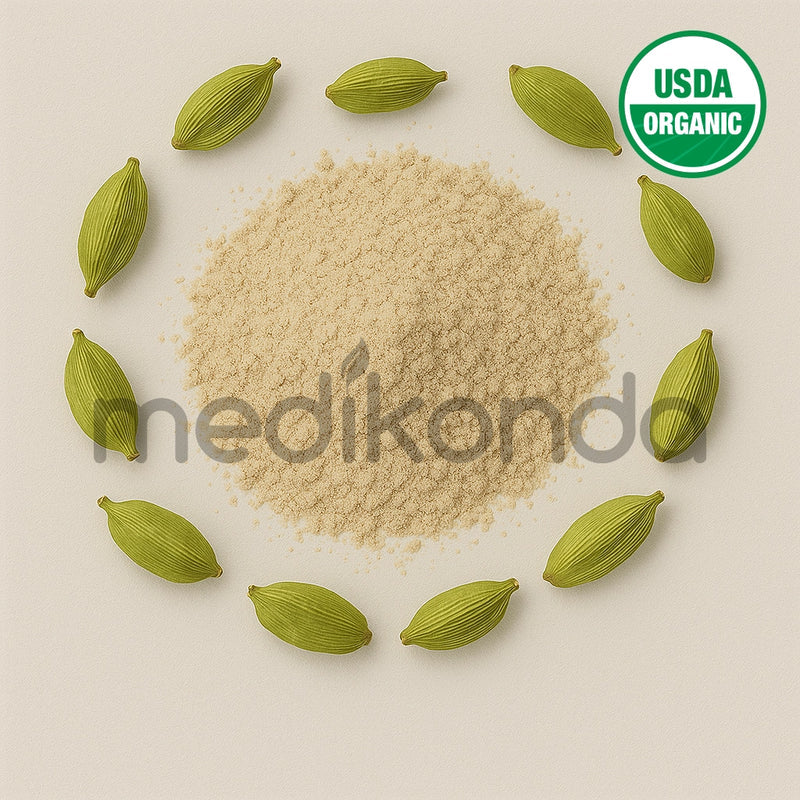Add description, images, menus and links to your mega menu
A column with no settings can be used as a spacer
Link to your collections, sales and even external links
Add up to five columns
Add description, images, menus and links to your mega menu
A column with no settings can be used as a spacer
Link to your collections, sales and even external links
Add up to five columns
LOOKING FOR BULK INGREDIENTS PRICING?
GET INSTANT QUOTEwhat ingredient are you looking for?

Benefits of Sodium Lauryl Sulfate - Wholesale B2B Bulk Suppliers in Australia and New Zealand
Sodium Lauryl Sulfate (SLS): What You Need to Know
What is Sodium Lauryl Sulfate?
Sodium Lauryl Sulfate (SLS) is a powerful surfactant and cleansing agent commonly used in personal care and cleaning products. It is derived from either petroleum or plant sources such as coconut and palm kernel oil. As an anionic detergent, SLS lowers surface tension, allowing water and oil to mix and helping remove dirt and grease from surfaces — including skin and hair.
Key Functions of SLS
-
Cleansing Agent: Effectively removes oil, dirt, and residues
-
Foaming Agent: Produces a thick lather that enhances the user experience
-
Emulsifier: Helps blend water and oil-based ingredients for consistency
Because of these properties, SLS is commonly found in shampoos, body washes, facial cleansers, toothpaste, and even household cleaners.
Advantages of SLS
1. Highly Effective
SLS is valued for its strong cleansing power. It deeply cleans hair and skin, making it especially useful in formulations designed to remove excess oil or heavy buildup.
2. Low Cost
It is one of the most cost-effective surfactants, making it a staple in mass-market personal care and cleaning products.
3. Excellent Foaming
SLS generates rich, satisfying foam, which enhances product appeal, especially in shampoos and body washes.
Concerns and Controversies
Despite its effectiveness, SLS has faced scrutiny for its potential to irritate the skin and eyes, especially in high concentrations or with prolonged use.
1. Skin Irritation
SLS can disrupt the skin’s natural lipid barrier, leading to dryness, flakiness, or sensitivity — especially for people with eczema, dermatitis, or already-sensitive skin.
2. Eye Irritation
When used in facial cleansers or shampoos, SLS may cause stinging or discomfort if it enters the eyes.
3. Misconceptions
SLS is often mistakenly believed to be carcinogenic. However, scientific evidence does not support this claim. It is considered safe for use in cosmetics when used in appropriate concentrations and rinsed off properly.
Safer Alternatives
For those with sensitive skin or seeking gentler options, alternatives include:
-
Sodium Lauroyl Sarcosinate
-
Sodium Cocoyl Isethionate
-
Sodium Lauroyl Methyl Isethionate
-
Sodium Lauroyl Sulfoacetate
These options provide similar cleansing properties without the harshness commonly associated with SLS.
Final Thoughts
Sodium Lauryl Sulfate is an effective and widely used surfactant known for its superior cleansing and foaming abilities. However, its harsh nature may not suit everyone, especially those with sensitive skin. As awareness of gentle skincare increases, many formulators now opt for milder surfactants — but for heavy-duty cleansing needs, SLS remains a reliable choice when used responsibly.
For bulk orders and inquiries, visit Medikonda Nutrients - Sodium Lauryl Sulfate
Medikonda Nutrients is the Largest Manufacturer, B2B Bulk Wholesale Supplier of Sodium Lauryl Sulfate in Australia and New Zealand.
Also in Medikonda: Health & Wellness
SUBSCRIBE NOW ...
Don't miss to get latest updates on sales, new releases and promotions




